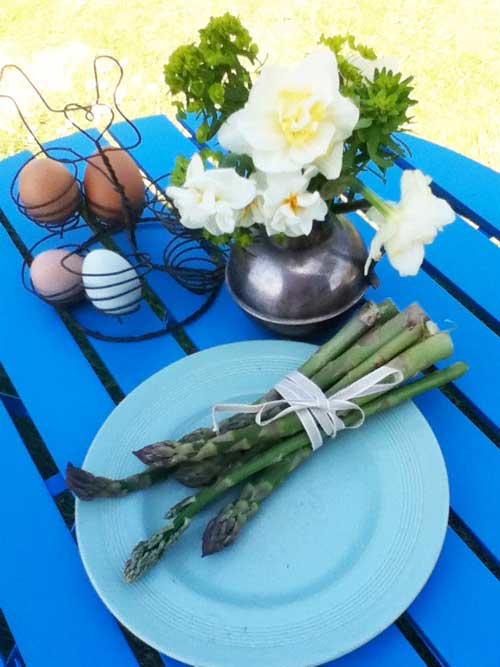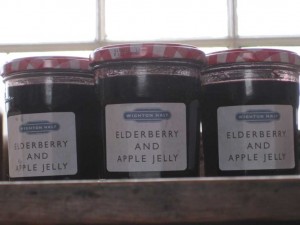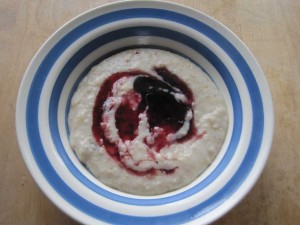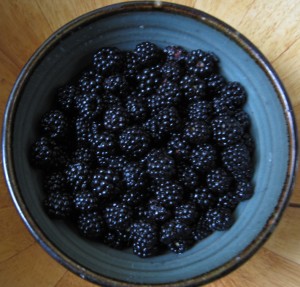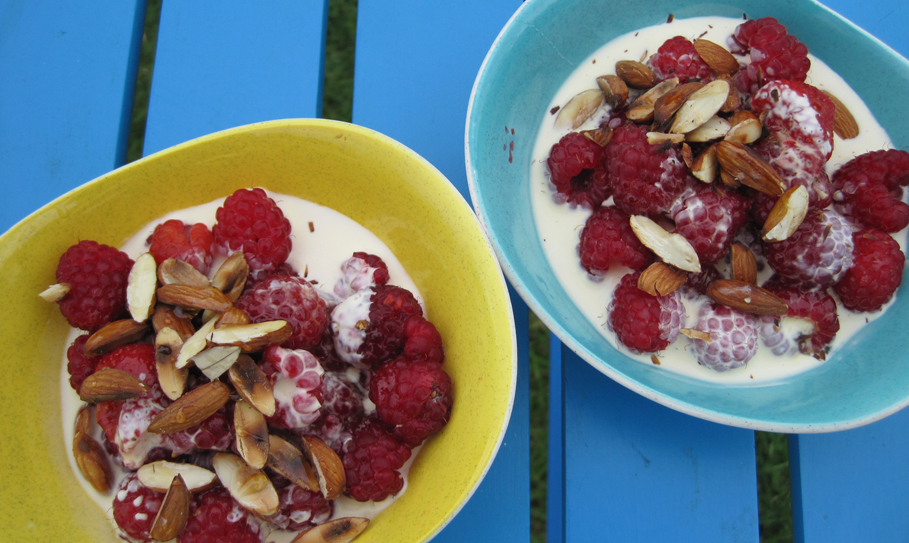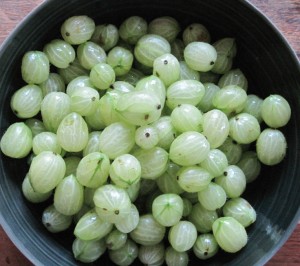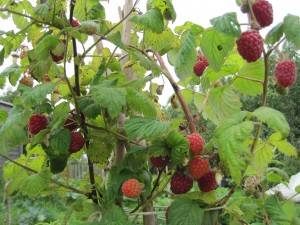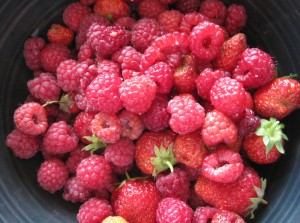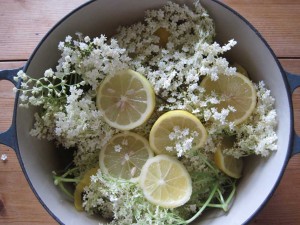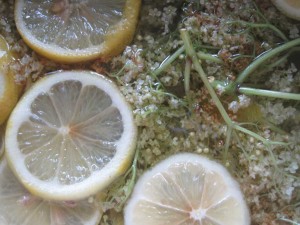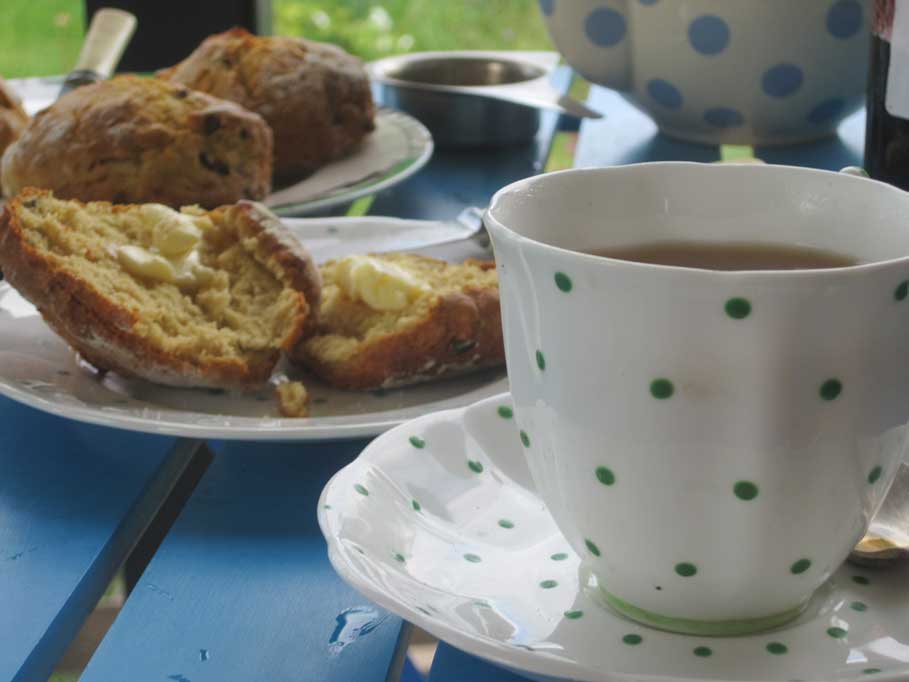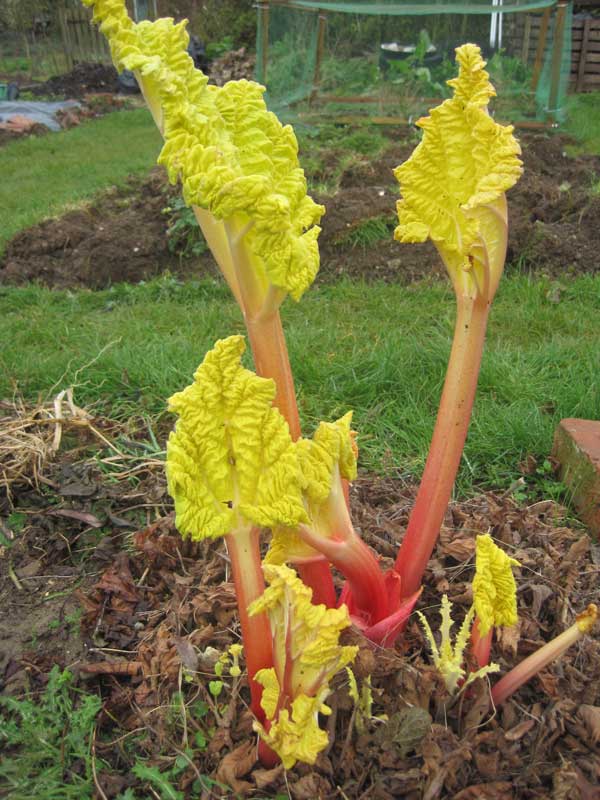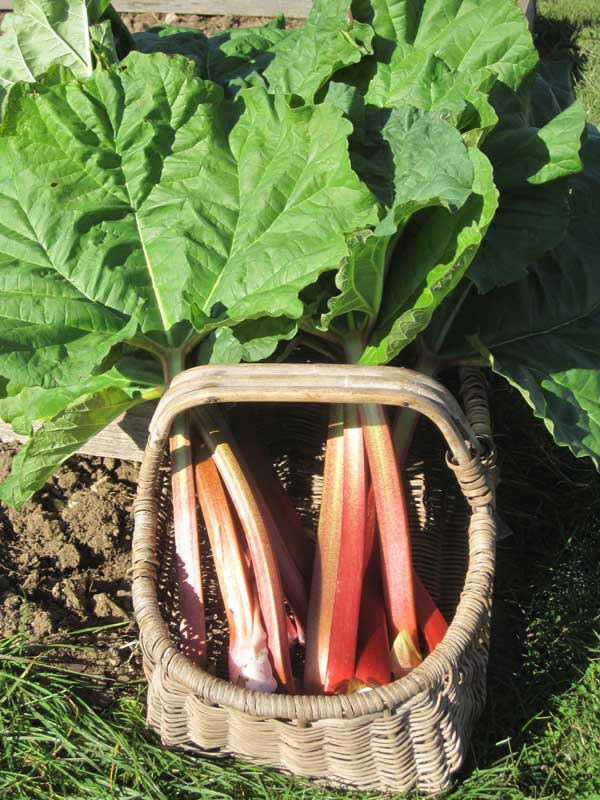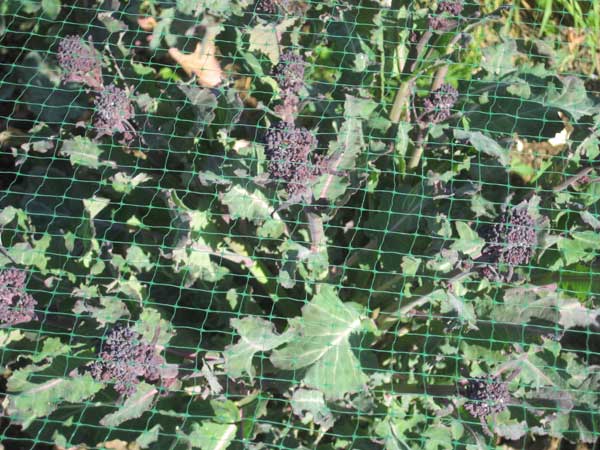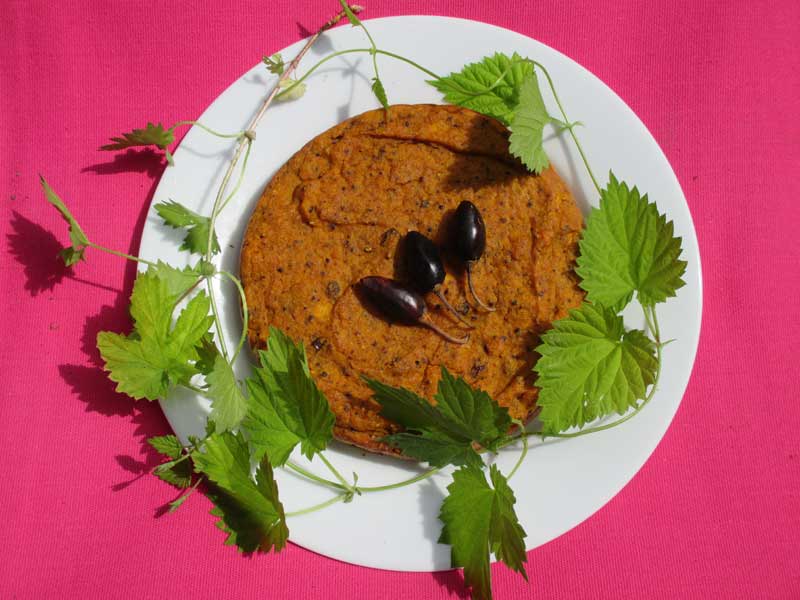We have been rather neglectful of our allotment this year. With personal and work issues taking priority, keeping our fruit and veg patch in apple pie order has rather gone by the wayside.
So it seems even more of a miracle to be enjoying an abundance of tasty home grown produce this summer.

green and purple artichokes
Top of the list are the artichokes. We now have over a dozen sturdy plants – both green and purple varieties, and each plant gave us ten or more tasty fruits. Truly these are the vegetable for lazy gardeners – resprouting energetically every year on even the dryest untilled soil. They are delicious steamed or boiled and served with a garlic and herb vinegarette. The glut can be bottled as hearts and enjoyed in the winter months.
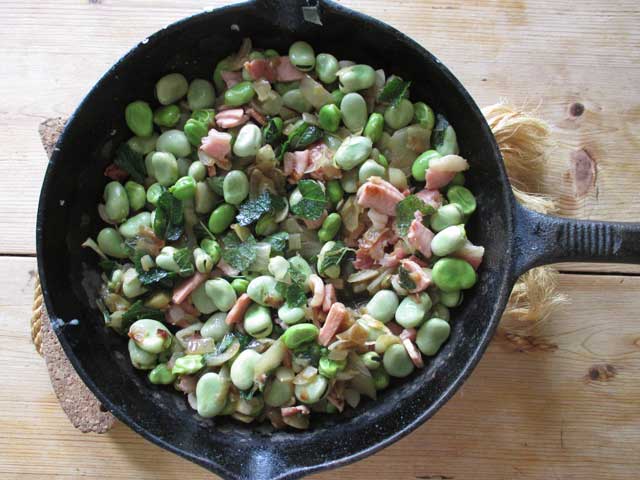
habas con jamon
Broad beans are another favourite; and like all really fresh organic veg, need only the simplest of preparations to transform into a flavoursome meal. Our favourite is Habas con Jamon. Start by browning some onion, garlic and pork (bacon or ham will do). Then add a couple of handfuls of shelled, blanched broad beans. If the beans are young and fresh they can be eaten without removing their grey overcoats. Otherwise slip these off after blanching. Cook for another 10 minutes then add a handful of chopped mint. Voila!

colorful rainbow chard
Chard and spinach have done very well this year. The colourful chard stalks can be steamed and eaten like asparagus. Then combine the cooked leaves with onions, garlic, dill and some feta cheese for a Greek style filling for pies and frittata. It also works well in a lasagna, with the pasta layer being replaced with slices of grilled courgettes.

spinach and chard mixed with dill and feta make a tasty filling for pies and frittatas
Our courgette harvest is only just getting started. Young courgettes can be eaten raw and combined julienne style with strips of peppery raw turnip and some shredded courgette flowers for a colourful salad bowl.
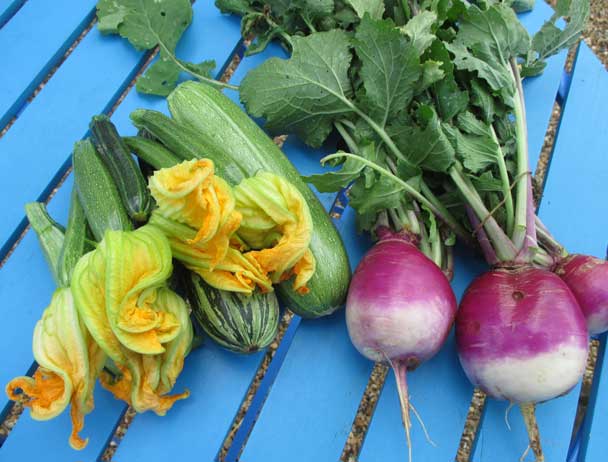


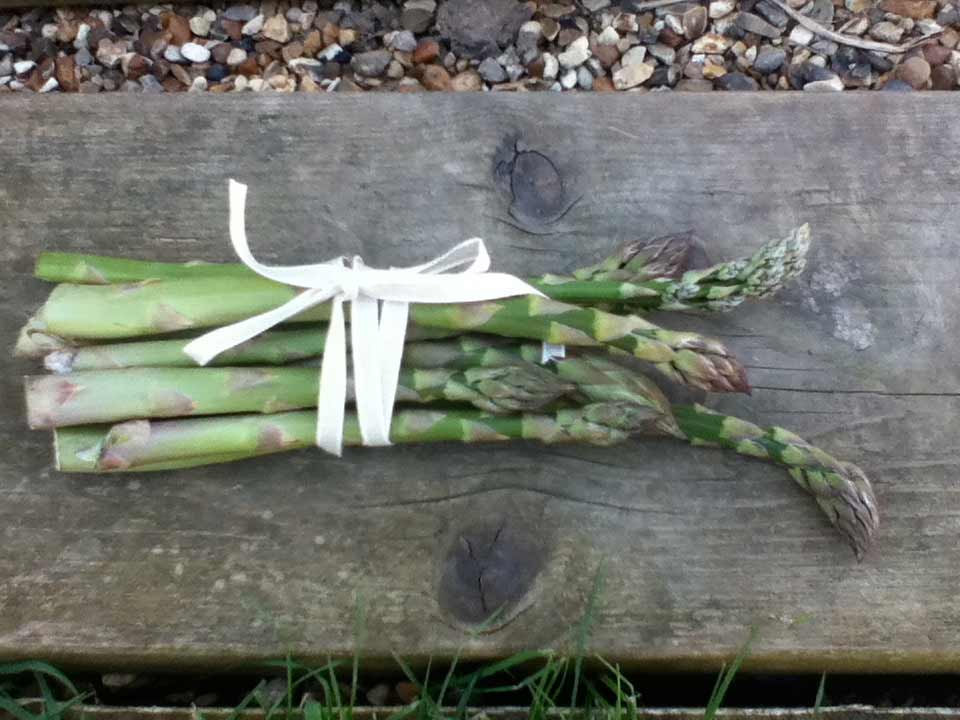 Today – a moment of pure joy! We harvested our very first home grown asparagus from the allotment.
Today – a moment of pure joy! We harvested our very first home grown asparagus from the allotment.